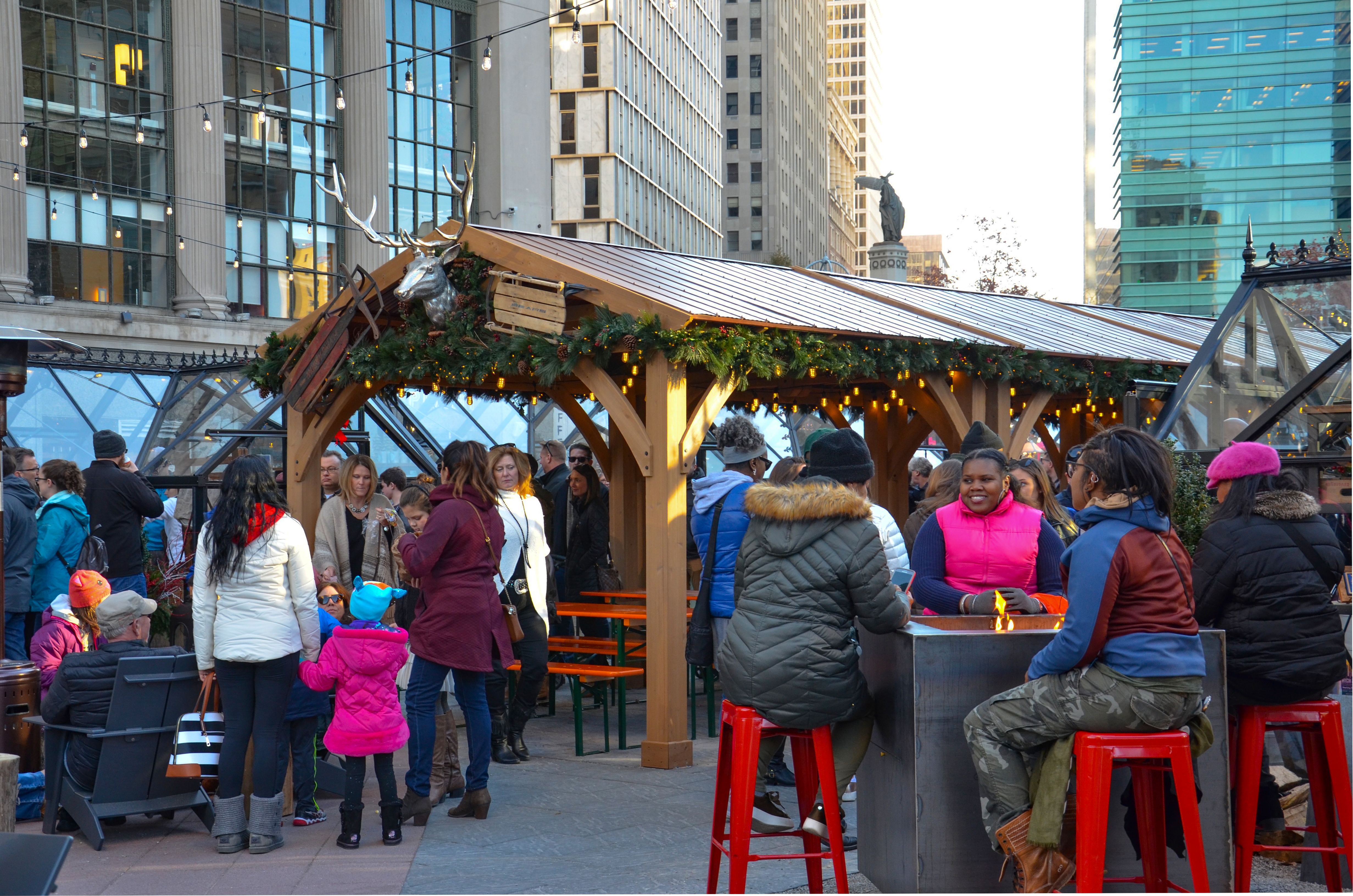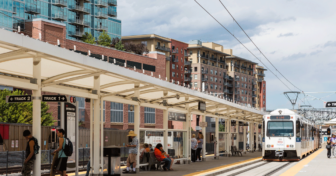
As we explored in my last post from the beginning of our republic there has been predictions of the coming demise of high-density big cities. All of them have been wrong. The same is almost certain to be the case of today’s post-pandemic predictions of doom for big cities.
There are two main reasons why those predictions are always wrong. First concentrated talent working face to face significantly boosts productivity. And second, people––particularly young professionals––want to live in high-density, high-amenity urban neighborhoods where you do not have to own a car. It is almost certain the current pandemic will not alter those realities long term.
My last post focused on productivity advantages of high-density big cities. In this post we will look at talent wanting to live in high-density, high-amenity urban neighborhoods.
Evidence of the enduring attraction of big cities and their high-density, high-amenity neighborhoods is present today in the midst of our current pandemic. In a post for City Observatory entitled The exodus that never happened, Joe Cortright writes:
Our recent report, Youth Movement, confirmed the depth and breadth of the long-term trend of well-educated adults moving in large numbers to close-in urban neighborhoods. And the real-time data from real estate market search activity confirmed that cities were still highly attractive, gaining market share in total search activity from suburbs and more rural areas, according to data gathered in April by Zillow and Apartment List.com
Now, with even more data in hand, the picture remains very much the same. Apartment List.com economists Rob Warnock and Chris Salviati have done a thorough analysis comparing the pattern of apartment search activity in the nation’s 50 largest metro areas between the first and second quarters of 2020; basically the period just before the pandemic struck with full force, and then the three months during which much of America was reeling from the virus and stuck in lock-down, with lots of time to consider possible new living locations.
Bottom line: As revealed by apartment search activity, interest in cities actually increased in the second quarter compared to the first, relative to other locations, including suburbs, other less dense cities, and rural areas.
What is it about high-density, high-amenity neighborhoods that make them so attractive to young professionals? Then New York City Mayor Michael Bloomberg described it this way in a Financial Times column:
Many newly successful cities on the global stage – such as Shenzhen and Dubai – have sought to make themselves attractive to businesses based on price and infrastructure subsidies. Those competitive advantages can work in the short term, but they tend to be transitory. For cities to have sustained success, they must compete for the grand prize: intellectual capital and talent.
I have long believed that talent attracts capital far more effectively and consistently than capital attracts talent. The most creative individuals want to live in places that protect personal freedoms, prize diversity and offer an abundance of cultural opportunities. A city that wants to attract creators must offer a fertile breeding ground for new ideas and innovations.
In this respect, part of what sets cities such as New York and London apart cannot be captured by rankings. Recent college graduates are flocking to Brooklyn not merely because of employment opportunities, but because it is where some of the most exciting things in the world are happening – in music, art, design, food, shops, technology and green industry. Economists may not say it this way but the truth of the matter is: being cool counts. When people can find inspiration in a community that also offers great parks, safe streets and extensive mass transit, they vote with their feet.
Since Bloomberg wrote this column in 2012 young professionals are concentrating more in big cities. And as Cortright documents in his Youth Movement report concentrating particularly in high-density, high-amenity near-center-city neighborhoods.
The lure of “places that protect personal freedoms, prize diversity and offer an abundance of cultural opportunities” and provide “great parks, safe streets and extensive mass transit” remains as strong today as it did pre-pandemic.
The current predictions of the death of high-density, high-amenity neighborhoods are driven by the belief that high-density makes one far more susceptible to the coronvirus. But as Corthright writes that turns out not to be accurate:
… People might naturally assume that because New York is our densest city, and Coronavirus hit hardest there, that there was some connection. It turns out however, that within the New York metro area, rates of reported cases are actually higher in the suburbs (including Rockland and Westchester counties) than in the five boroughs of New York City. It’s also the case that in the city itself, the hardest hit neighborhoods actually are much less dense than those least affected.
While New York has dominated the awful statistics and headlines of the pandemic, today, the hardest hit area in the US is far away, and far different: the Navajo Nation. In the past week, New York’s rate of infection has been surpassed by that on the Navajo Nation, one of America’s least densely settled areas. The nation covers an area larger than Ireland spread across three states—Arizona, New Mexico and Utah—and consists overwhelmingly of very low density housing. But its rate has grown to more than 2,449 cases per 100,000 population even higher than New York City’s 2,300.
The underlying problems in the Navajo Nation are not density, but rather poverty, a lack of health care, and housing over-crowding. Interestingly, these same factors were identifies as correlates of Covid prevalence rates within New York City by a Furman Center analysis of zip-code case data.
And as Emily Badger explores in a New York Times article entitled Density Is Normally Good for Us. That Will Be True After Coronavirus, Too. high-density cities have many health related benefits. She writes:
Since the 1990s, researchers and planners have increasingly come to argue that dense urban environments, derided historically as diseased, can actually foster health. They don’t mean overcrowded tenements, but places where people live close enough to one another to walk where they need to go and to support one another. Such environments offer an alternative to sedentary, car-dependent sprawl, an antidote to growing health problems like obesity.
… In practical ways, density makes possible many of the things we need when something goes wrong. That is certainly true of hospital infrastructure — emergency response times are faster, and hospitals are better staffed in denser places. When one store is closed or out of toilet paper, there are more places to look. When people can’t leave home for essentials, there are alternative ways to get them, like grocery delivery services or bike couriers. When people can’t visit public spaces, there are still ways to create public life, from balconies, porches and windows.
The subtitle of Edward Glaeser’s Triumph of the City summarizes well the enduring value of cities and their high-density, high-amenity neighborhoods: How Our Greatest Invention Makes Us Richer, Greener, Healthier, and Happier. That is not going to change in a post-COVID world.







